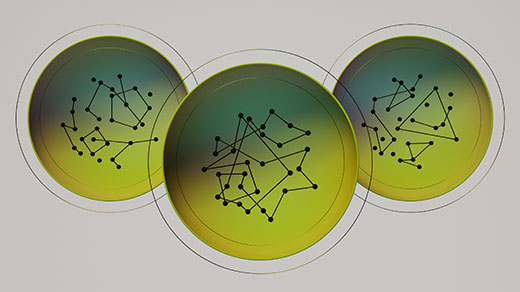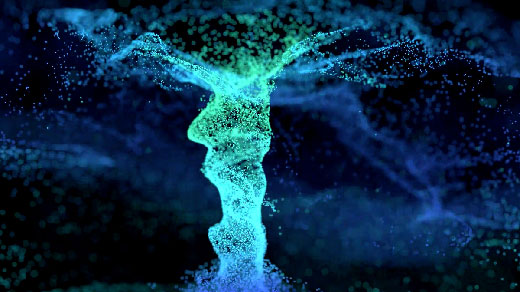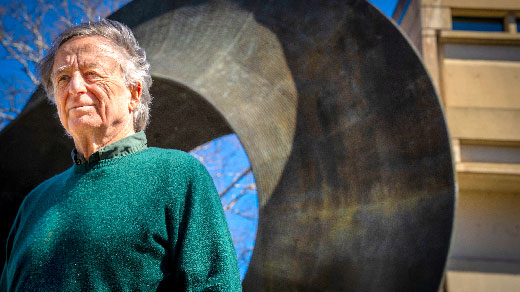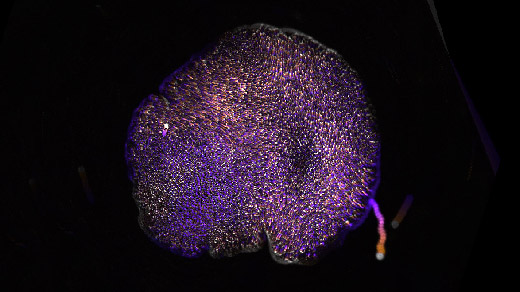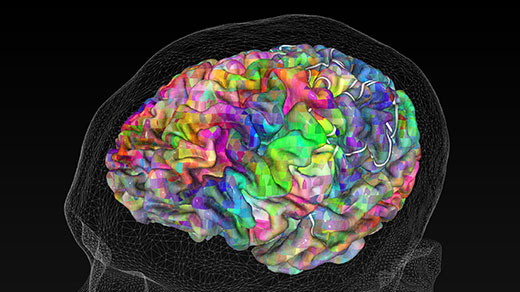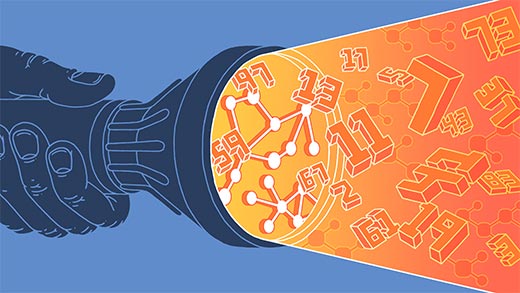Latest Articles
Graduate Student’s Side Project Proves Prime Number Conjecture
Jared Duker Lichtman, 26, has proved a longstanding conjecture relating prime numbers to a broad class of “primitive” sets. To his adviser, it came as a “complete shock.”
Elegant Six-Page Proof Reveals the Emergence of Random Structure
Two young mathematicians have astonished their colleagues with a full proof of the Kahn-Kalai conjecture — a sweeping statement about how structure emerges in random sets and graphs.
Deep Learning Poised to ‘Blow Up’ Famed Fluid Equations
For centuries, mathematicians have tried to prove that Euler’s fluid equations can produce nonsensical answers. A new approach to machine learning has researchers betting that “blowup” is near.
In Music and Math, Lillian Pierce Builds Landscapes
Lillian Pierce wants to transform access to the world of mathematics, while making headway on problems that bridge the discrete and continuous.
Dennis Sullivan, Uniter of Topology and Chaos, Wins the Abel Prize
The American mathematician invented entire new ways to understand shapes and spaces.
This Animal’s Behavior Is Mechanically Programmed
Biomechanical interactions, rather than neurons, control the movements of one of the simplest animals. The discovery offers a glimpse into how animal behavior worked before neurons evolved.
Math’s ‘Oldest Problem Ever’ Gets a New Answer
A new proof significantly strengthens a decades-old result about the ubiquity of ways to represent whole numbers as sums of unit fractions.
New Map of Meaning in the Brain Changes Ideas About Memory
Researchers have mapped hundreds of semantic categories to the tiny bits of the cortex that represent them in our thoughts and perceptions. What they discovered might change our view of memory.
Mathematicians Outwit Hidden Number Conspiracy
Decades ago, a mathematician posed a warmup problem for some of the most difficult questions about prime numbers. It turned out to be just as difficult to solve, until now.


